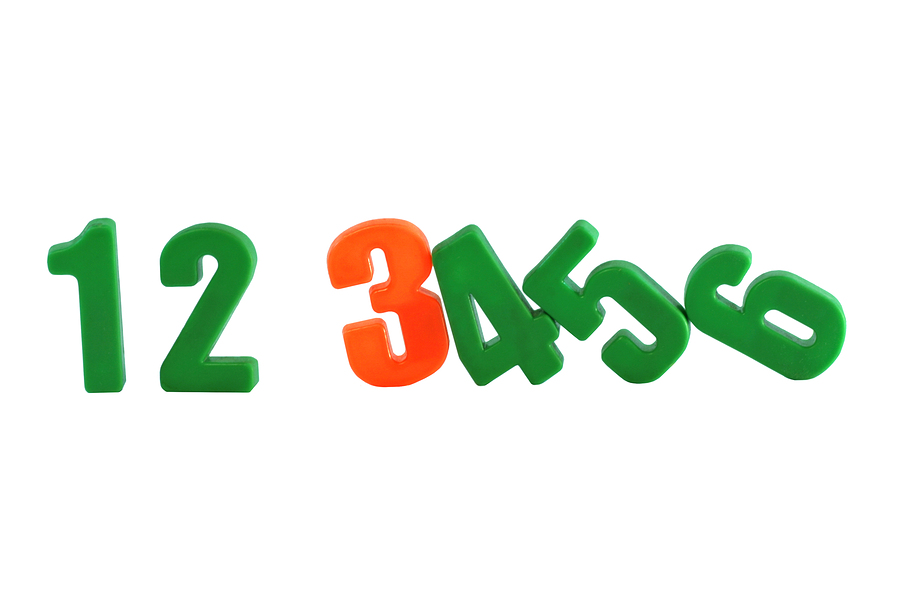 The last two college search websites, The Princeton Review and US News College Rankings, take a different approach than the previously reviewed sites. Rather than provide different factors for you to rank and search on, they essentially rank the schools for you. The user is expected to use the rankings to select colleges for consideration and then take a look at location, school size, graduation rates etc. Both sites have multiple rankings to choose from but do allow for a basic search with US News being much functional than the Princeton Review’s.
The last two college search websites, The Princeton Review and US News College Rankings, take a different approach than the previously reviewed sites. Rather than provide different factors for you to rank and search on, they essentially rank the schools for you. The user is expected to use the rankings to select colleges for consideration and then take a look at location, school size, graduation rates etc. Both sites have multiple rankings to choose from but do allow for a basic search with US News being much functional than the Princeton Review’s.
The sites differ dramatically in how the rankings are created. Peterson’s rankings are based on surveys completed by students attending the colleges. Based on their survey results, 80-85% of students think that the Peterson’s profile of their school was “extremely” or “very” accurate. The surveys are the basis for 62 different lists ranking 377 schools on everything from Classroom Experience to Town-Gown Relations.
| College Search Websites |
The US News College Rankings are based on weighting data from 16 different academic measures and academic reputation.? Academic reputation can account for up to 25% of a school’s ranking. Colleges do not have to participate in the US News survey to be included in the rankings.
Basically The Princeton Review has decided the 377 academically outstanding colleges and universities and surveys the students for those at the extreme of various considerations–ie The Best of and The Worst of. US News is more about deciding which are the best schools to begin with.
So lets dig in a little deeper into the websites and rankings starting with the Princeton Review.
The Princeton Review
As mentioned earlier, The Princeton Review does allow for a college search outside of the lists of rankings. The search process is set-up with filters on the left hand side and the results in showing up in the center. You could use it to search for colleges based on many of the usual factors but I wouldn’t recommend it.
The initial list consists of over 3900 colleges which obviously includes community colleges and private institutions such as the Academy of Court Reporting. The filters don’t have a basic option of selecting only four four-year or bachelor degree institutions. This by itself should eliminate it as a search tool.
However, if that’s not enough, you can only select states by region. That means you can’t do a search with both Virginia and Maryland since they are in different regions. The list of majors to choose from is in some order other than alphabetical and I was never able to find a general Business major. The interface is awkward requiring the user to click on the x button to close any of the pop-up windows with choices. In order to remove a filter, you have to clear it and then apply it.
It’s really not worth the trouble and I didn’t bother to try my sample search.
The rankings aren’t much help either since they only include the top 20 for each list. I guess this avoids splitting hairs about who is 100 and 101 on the list–does the difference really matter? However, they do rank the top 20 and while most schools wouldn’t mind being first in some categories, there are others that they would rather not show up in at all, In these cases, they would probably like to point out the difference between 1 and 21 is negligible.
But we don’t know that since we only have information on the top 20. Maybe on one list, the difference between the 1 and 377 is only 5 percentage points while on another it’s 50. However, we’re still supposed to treat the top 20 the same. Like I said, I don’t think the rankings are much help.
There is a reason to visit the site, besides signing-up for test prep service. The individual profiles for the schools includes comments by the students. You’ll find them under the Academics & Majors, Student Body, Campus Life/Facilities, and Tuition & Aid sections. If 80 to 85% of students think the profiles accurately reflect their school, then I would think that they can be just as useful as a summer, student guided tour. An overnight visit is ideal but not everyone can manage that. If nothing else, the comments can help you narrow down your visit searches or provide something to look for during the visit.
US News College Rankings
In case you have just recently arrived from Mars and don’t know, US News publishes an annual ranking of colleges that for far too many is THE final word on a college’s desirability.? The rankings are divided into four major categories, National Universities, Liberal Arts Colleges, Regional Universities, and Regional Colleges. For all the criticism of the US News Rankings, give it credit for bringing Liberal Arts College to national attention. If nothing else, people ask why they have their own separate list.
The rankings only list the first 200 with actual rankings for the National Universities and Liberal Arts Colleges categories. The number of colleges ranked in the other categories varies by region but they are less than 200.
Why stop at 200? Well, if you think about it, if you’re after prestige and recognition, do you really care about the school ranked at the bottom? And if you’re considering attending a low ranked school, you probably aren’t using US News to find it.
The US News rankings are criticized because much of the rankings focus on inputs, the quality of the students, the number of professors, etc. People complain because it doesn’t measure what effect the school has on the students–how good of a job are they doing of actually educating the students. The closest it gets is by including retention rates and graduation rates.
However, you can’t really blame US News since “success” information isn’t readily available. And while all the university presidents publicly deplore the superficialness of the rankings, they aren’t offering up job placement or graduate school placement rates as an alternative.
I do think it would be interesting to see the rankings without reputation factored in. By keeping reputation in, they are perpetuating the status quo. After all, they aren’t talking about the reputation of individual academic departments which fluctuate widely within a school. And they tell survey respondents not to rate those colleges and universities that they don’t know. So how many would say that they don’t know that Harvard has a distinguished program compared to those ranking a lessor known university?
Like The Princeton Review, the value of the US News College rankings is in the individual profile. Under the US News Rankings sections, it lists the percentage of classes with under 20 students and classes with 50 or more students. This is probably more useful information than the student-faculty ratio which is included as well.
The Paying for School section provides detailed information on merit and non-merit aid split between freshman and all undergraduates. It also includes information on aid for international aid.
The Academic Life section has information of the percentage of full-time faculty as well as the percentage of those with a terminal degree in their field.
However, you can’t search on any of this information. You can do the basic search we have been using in the other reviews. The advanced search options allow you to search on the usual categories:
- State
- Enrollment
- GPA
- Tuition
- Acceptance
- Test Scores
- Majors
- Ethnicity
- Public/Private
- Setting
- Activities/Sports
- Gender Distribution
Our search without entering any major requirement (which results in 0 schools found) or test score information, results in 41 schools. Once you have your results, all you can do is save them to your profile. There’s no print or export function.
However, you can compare the schools that you save to your profile. The comparisons actually include a lot of useful items such as the Classes with fewer than 20 students, Classes with 50 or more students, six-year graduation rate, and percentage of students who received need-based aid. Unfortunately, it doesn’t include non-need merit aid. And, of course, you can’t export any of the information.
Is it worth the $29.95 cost? Unless the rankings mean a lot to you, probably not. The student reviews don’t have the same focused feel as those in The Princeton Review. Besides, they’re just a selection from Unigo so you can read all of them just by visiting the Unigo website. Between the College Board’s Big Future and College Data, you’ll find the same information.
If you’re serious about searching for a college based on factors important to you, you probably won’t find either The Princeton Review or US News College Rankings very useful.


1 thought on “College Search Websites: Princeton Review and US News”